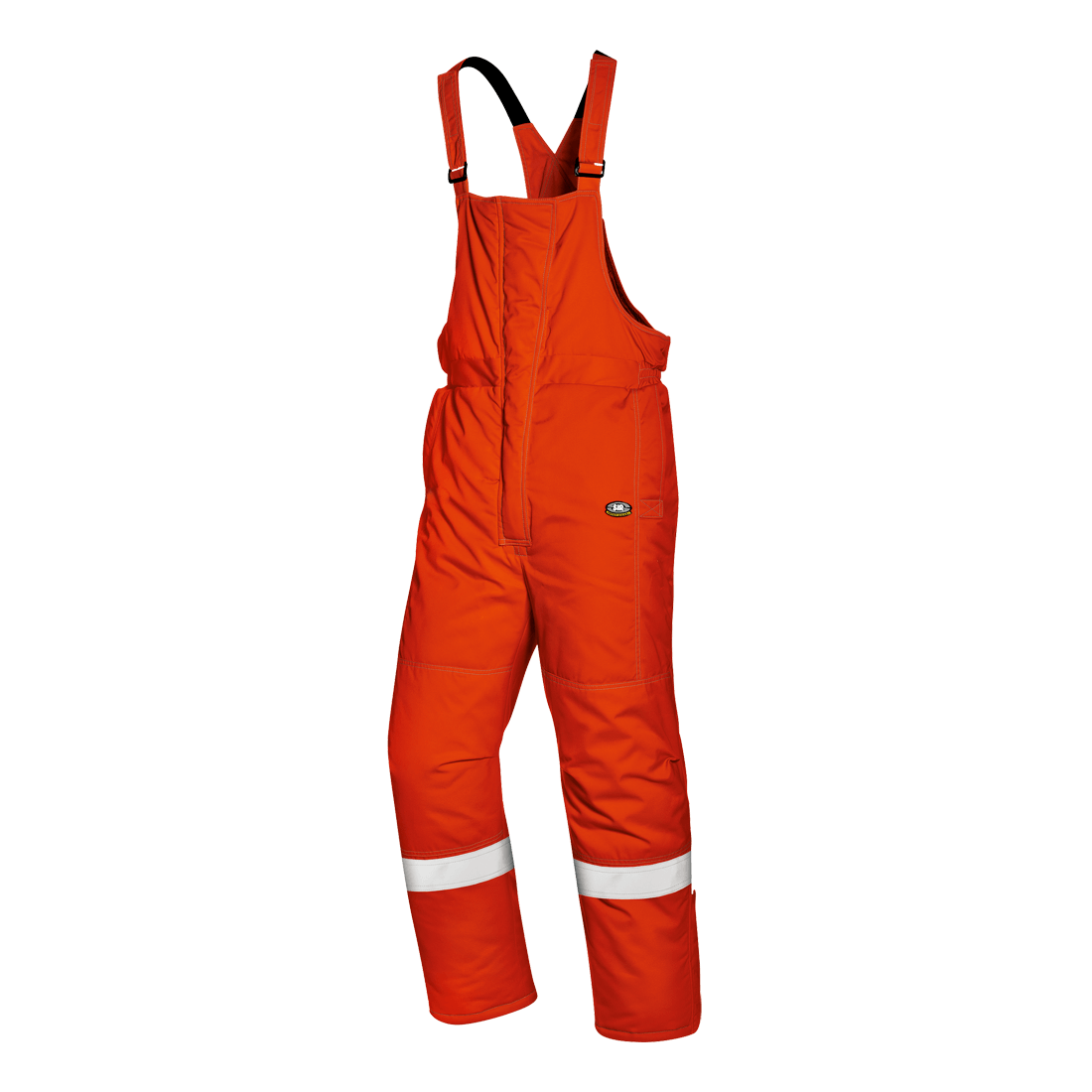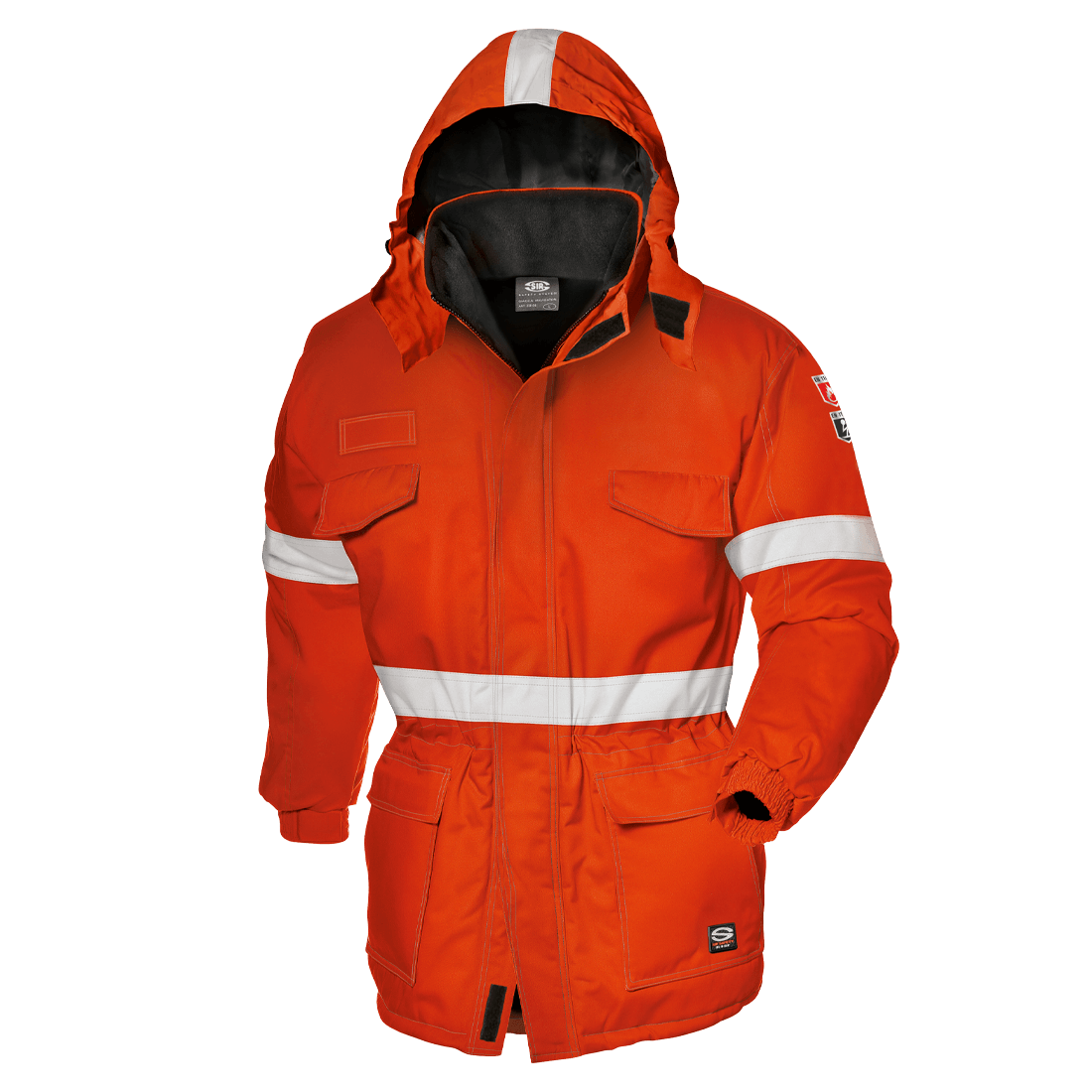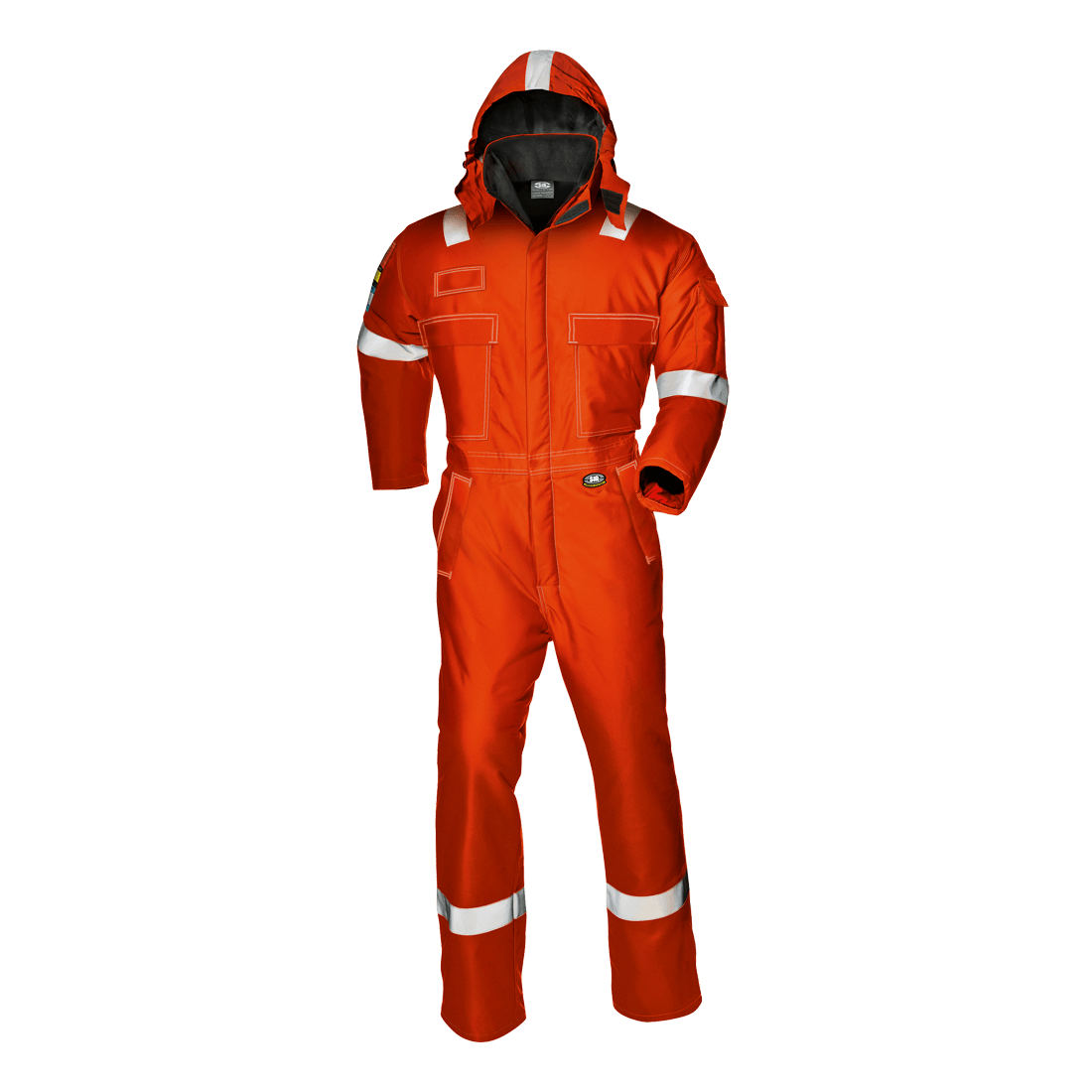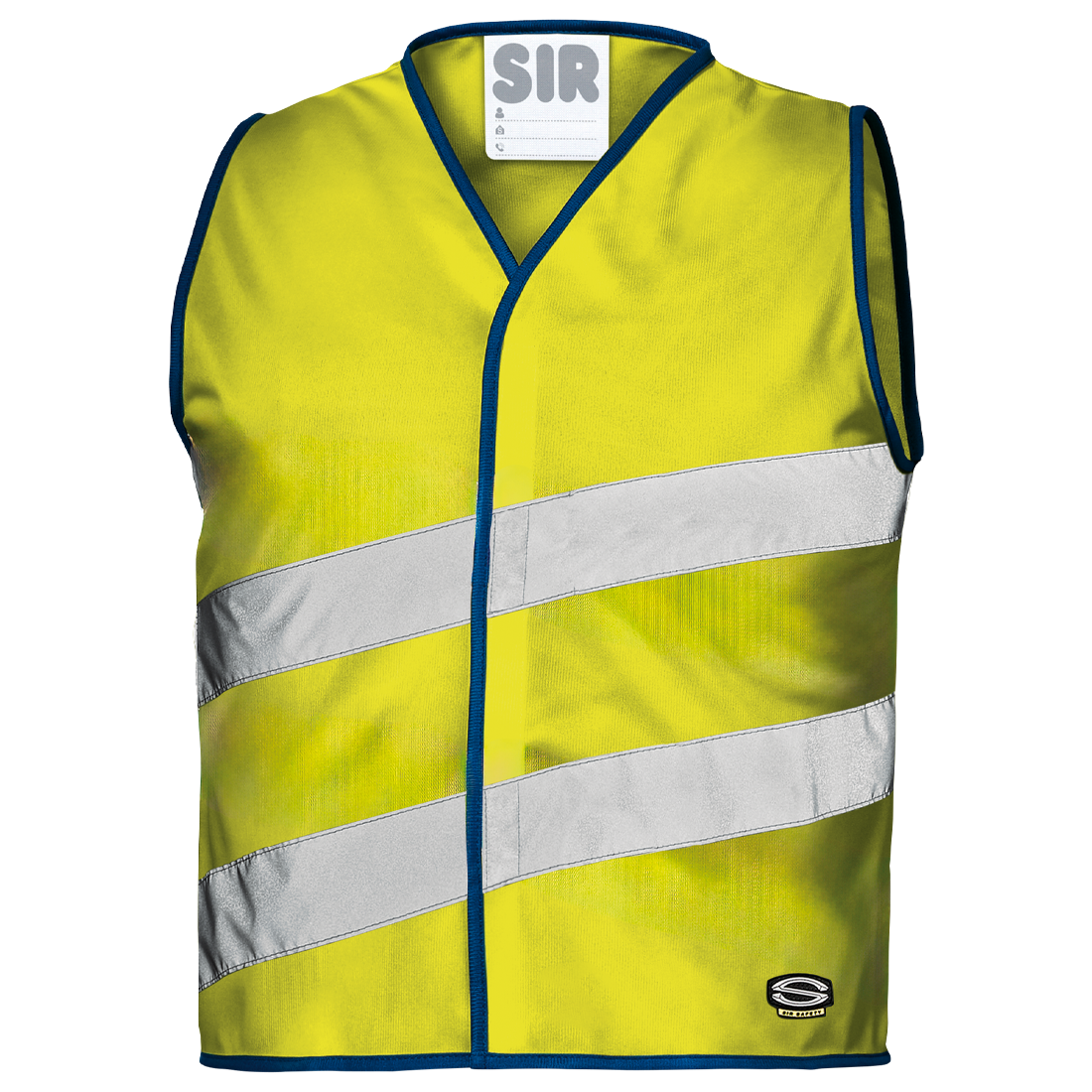Standard EN 1150 specifies test methods and requirements for high visibility protective clothing for non-professional use. High visibility clothing for non-professional use visually indicates the presence of the user in any condition, regardless if it is daylight, when illuminated by vehicle headlights or search lights in the dark and street/urban lighting. This standard does not apply to accessories that are usually attached to the clothing. The requirements and test methods are:
Colour resistance
To perform its function, the fabric of a high-visibility garment must not fade or lose colour. Consequently, the ability of high-visibility clothing fabric to resist the effects of sunlight is evaluated by exposing it to a Xenon arc lamp. Furthermore, the materials used are evaluated for colour resistance to potentially aggressive external agents, such as a washing liquid or a dry cleaning solvent.
Colour measurement
Eight fluorescent colours are defined for use. They range from fluorescent green to fluorescent pink and must be specified in terms of chromatic coordinates and luminance. The defined colours are evaluated by spectrophotometric measurement – this is a test performed under specific conditions, both on new material and on specimens exposed to a Xenon arc.
Dimensional stability
Standard EN ISO 13688 specifies general requirements for safety clothing, and assumes that this will provide an adequate level of performance when it is worn. This includes the evaluation of the dimensional stability of garments subjected to subsequent treatments, such as domestic, industrial and dry washing.
Tape testing
The light reflection properties of the tape are evaluated using a photometer that measures the amount of light that is reflected back to the point of origin. The instrument determines how the light is reflected, determining its effectiveness, even at different distances. The retro reflectance is measured on both new and pre-treated materials.
Assessing the garment
High visibility is not simply a function of using the correct materials in the construction of a garment. The design of a garment also affects the visibility aspects of a garment, and therefore this is evaluated. Garment evaluation requires its classification, which determines its likely end use. The garments are also examined to determine whether they are ergonomically sound.
Chemistry testing
The PPE Directive requires the materials used in PPE garments to not be harmful to the wearer. Therefore, a certain amount of chemical testing on high visibility materials is required. Tests are usually conducted to determine whether any substances that are prohibited from being used are present or whether the substances are present in limited quantities.




